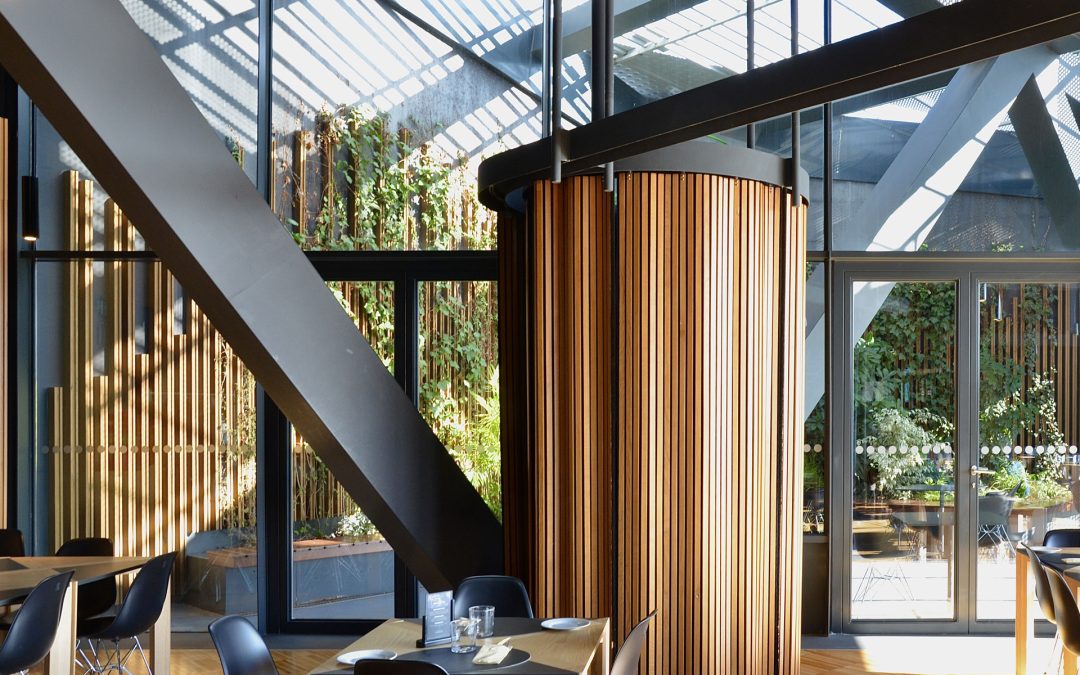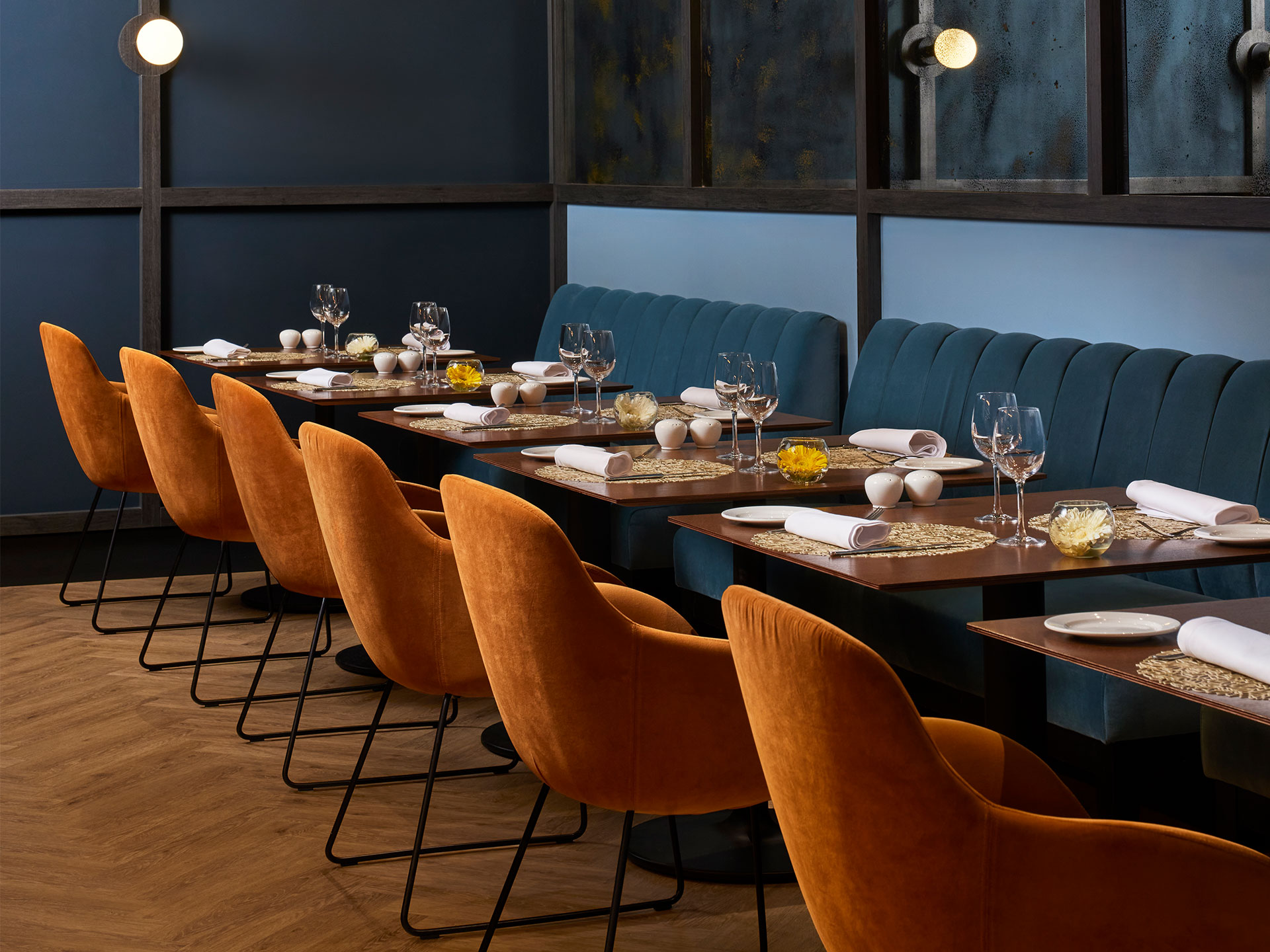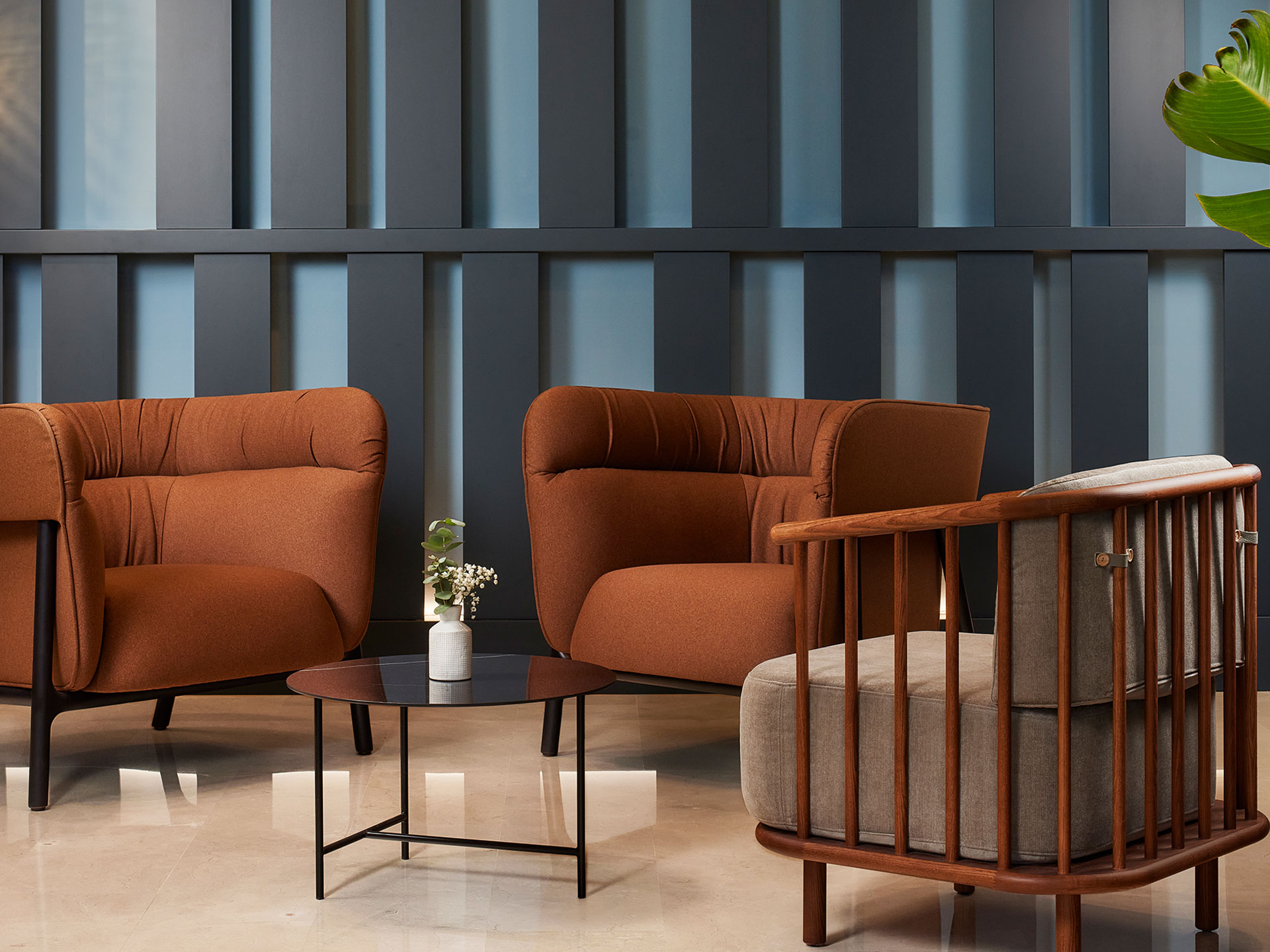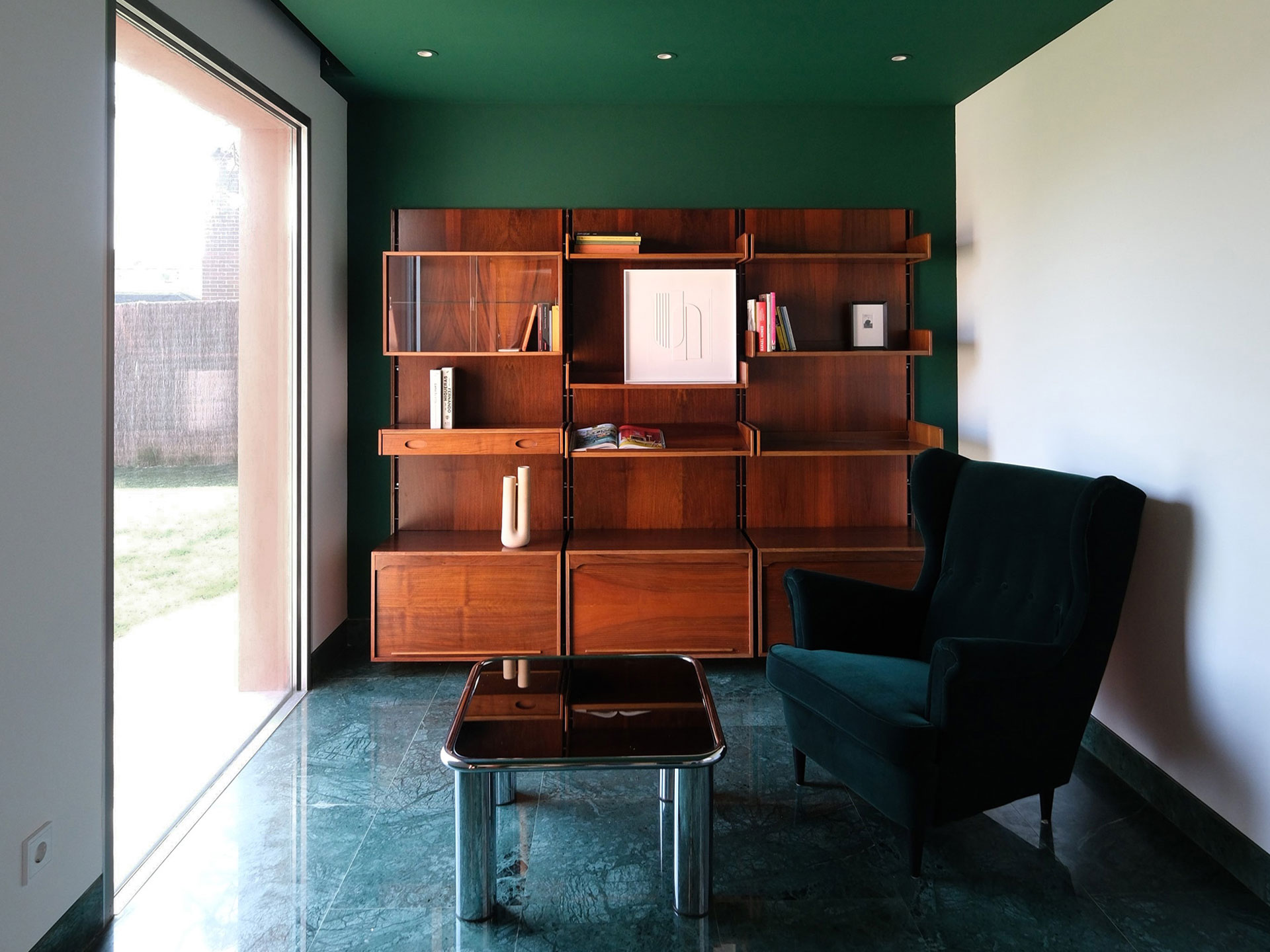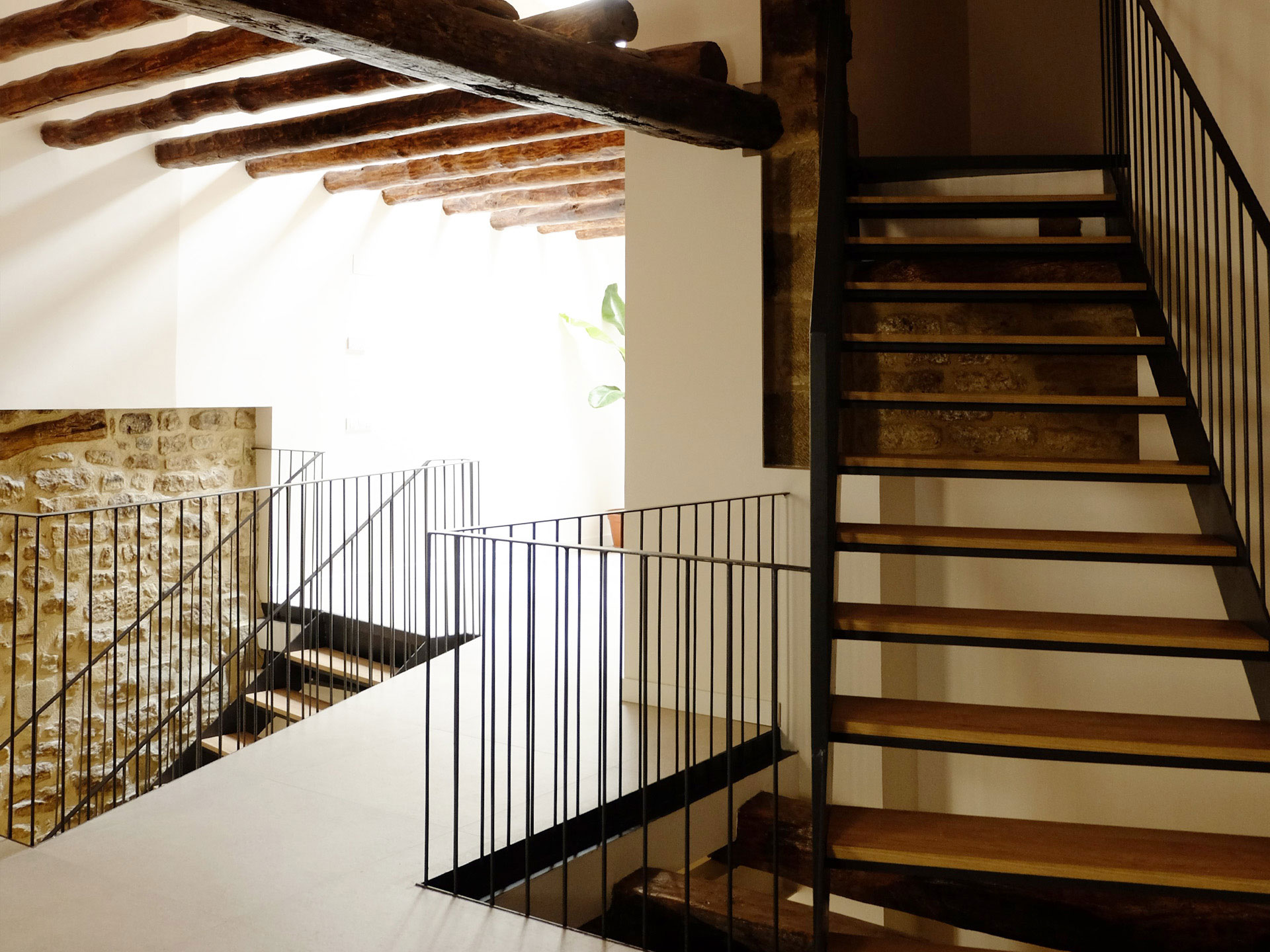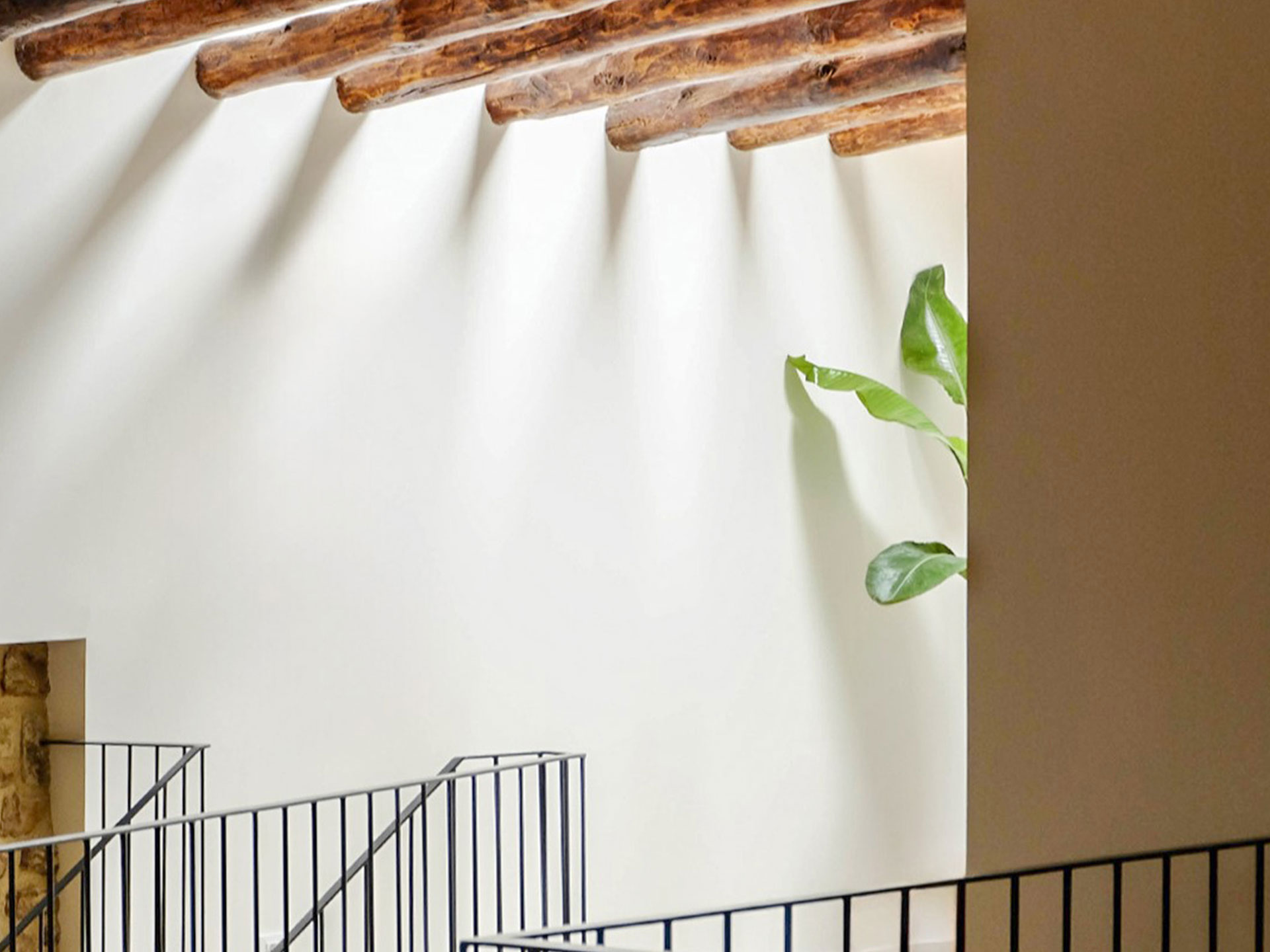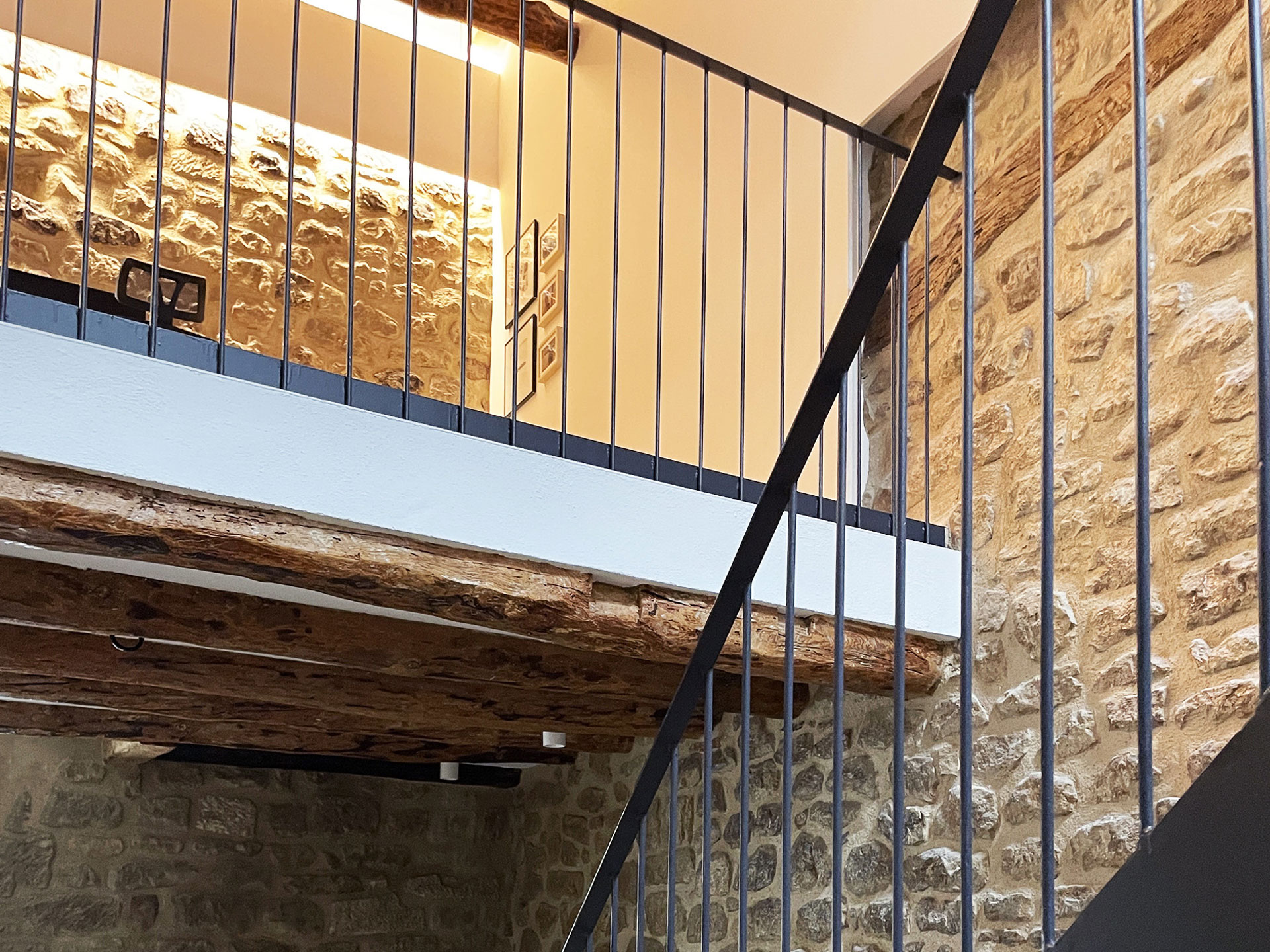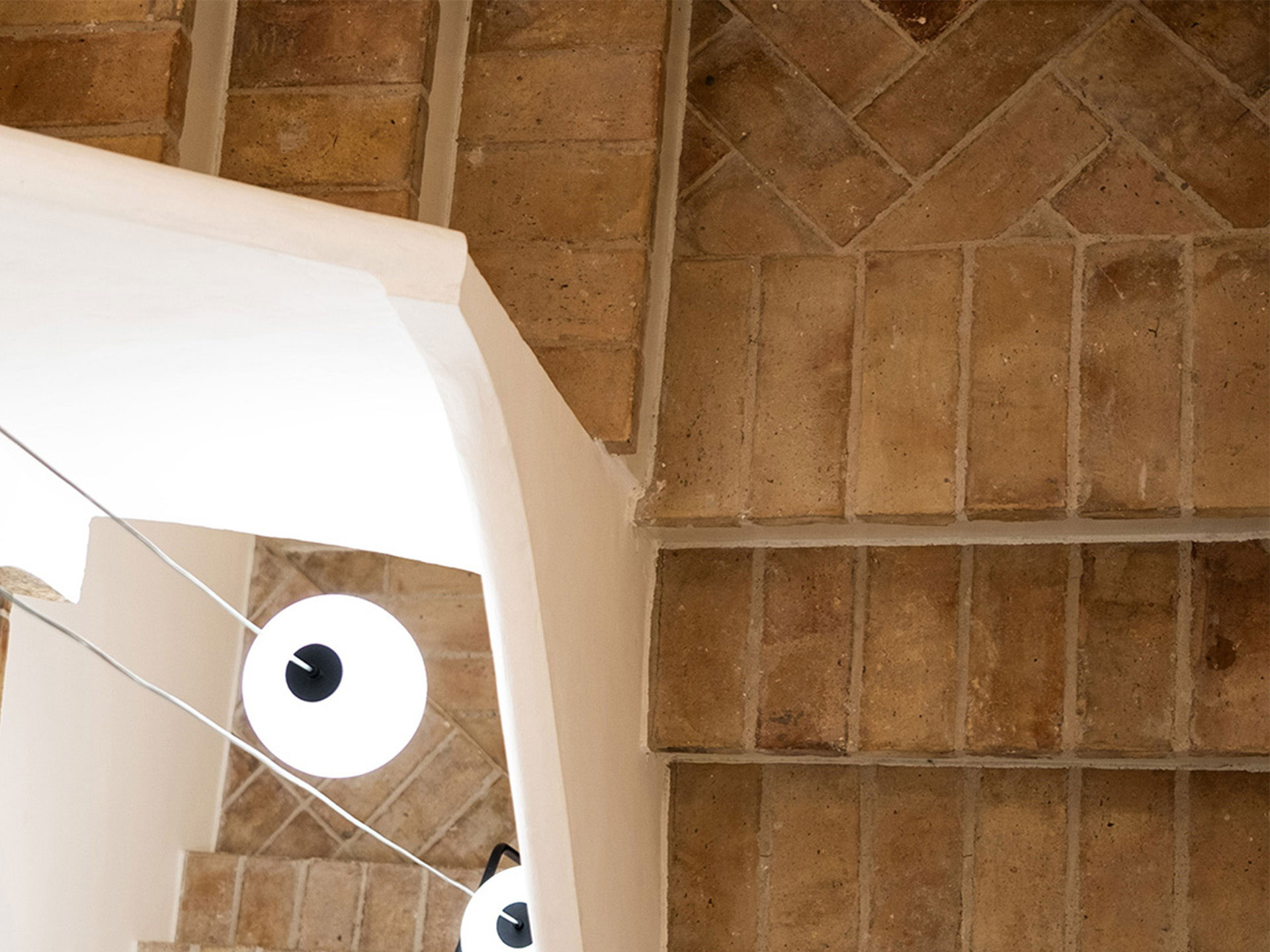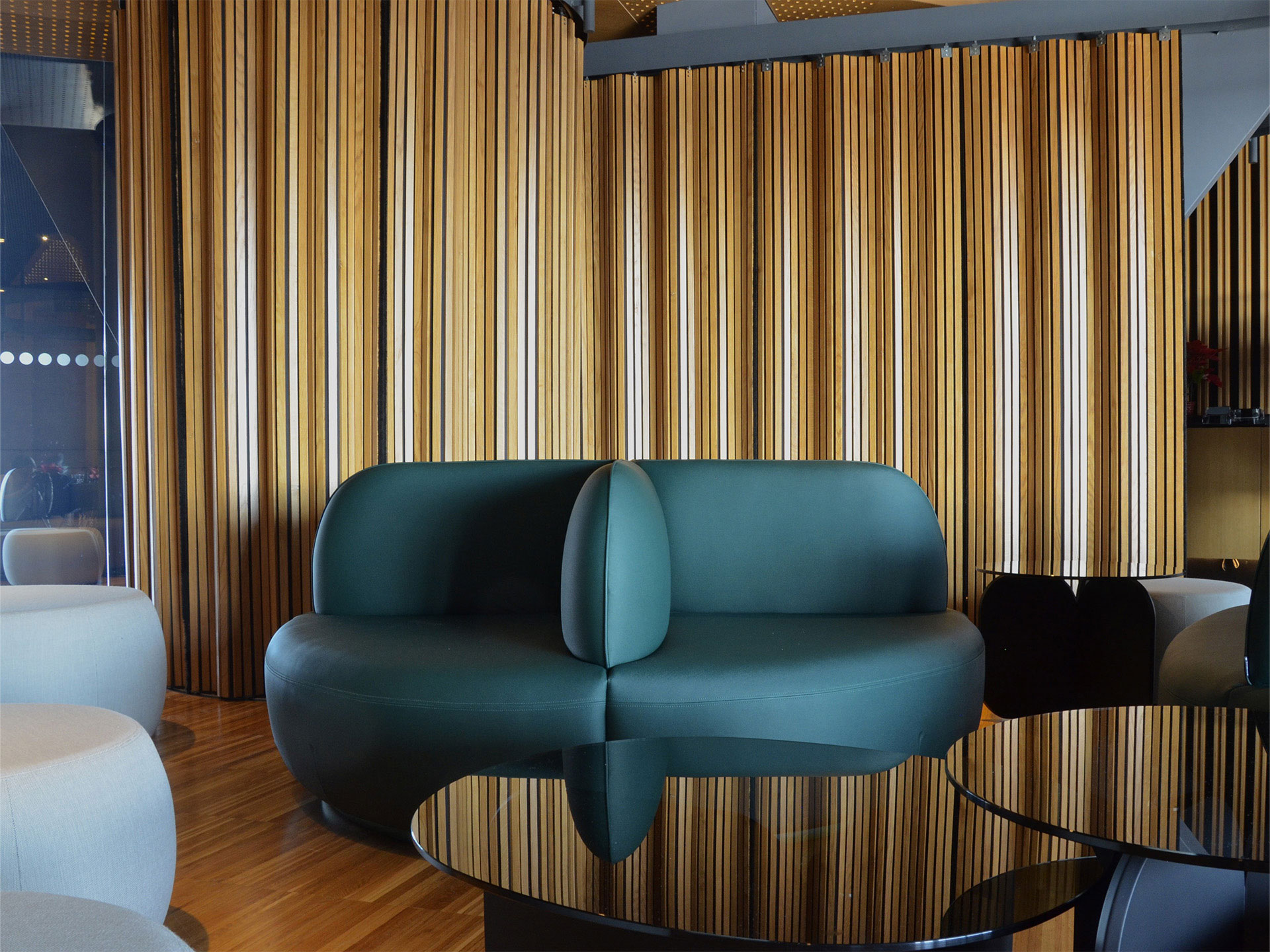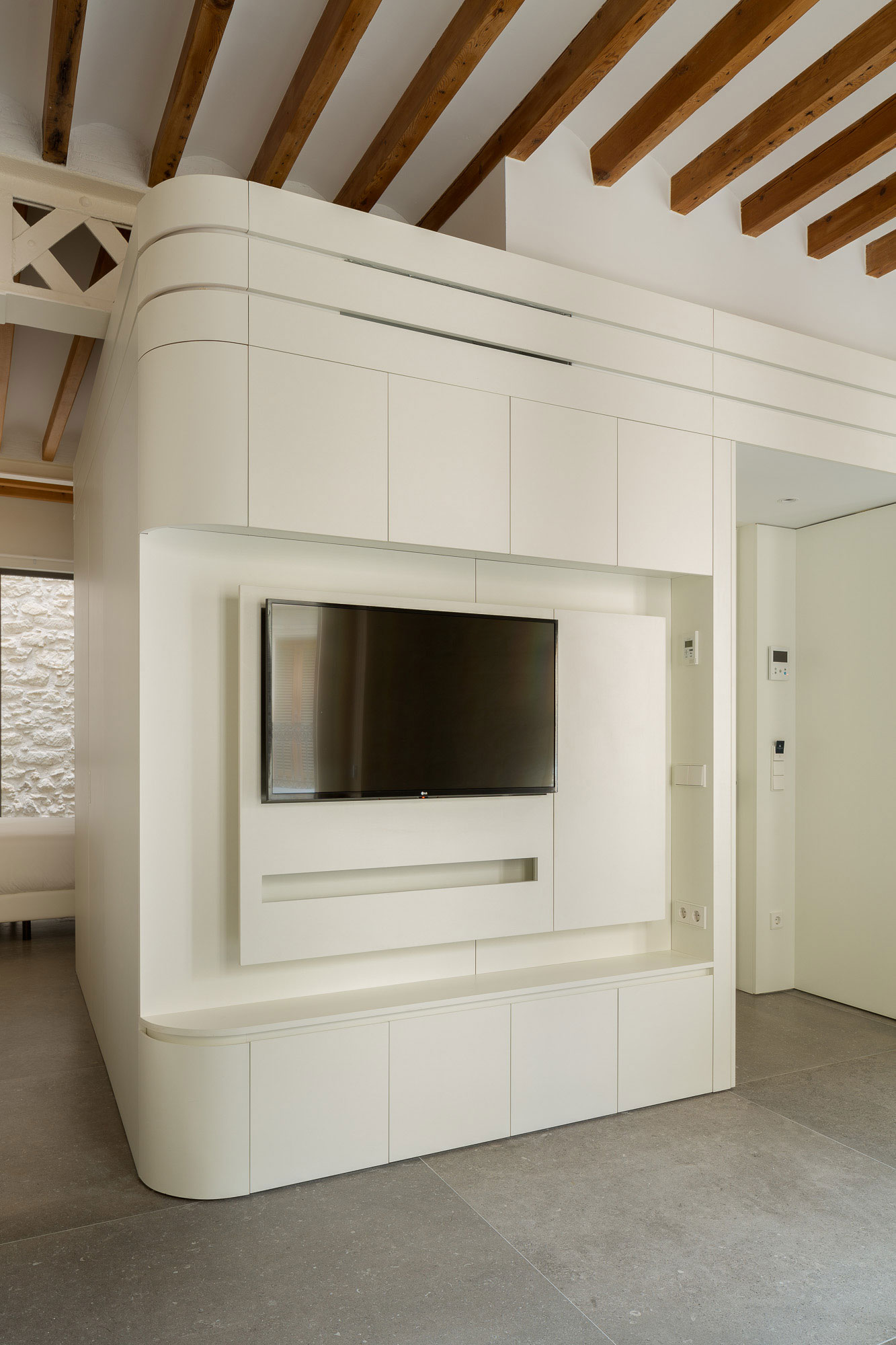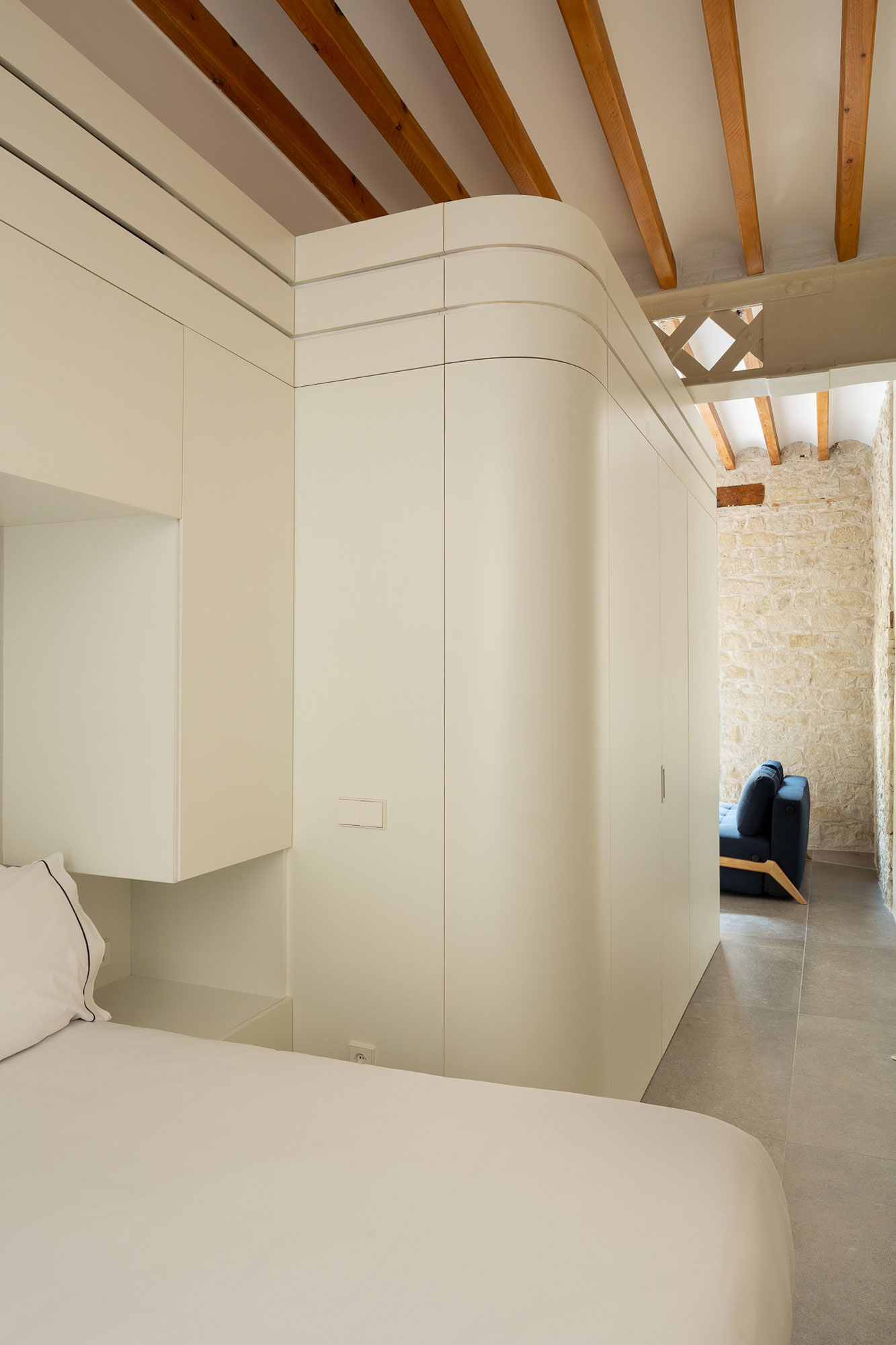Interior design in 2025 dares contrasts: styles that surprise, colors that impact and spaces that tell stories. Between the artisanal and the technological, the essential and the exuberant, the new trends speak of a search for identity, materiality and emotion in spaces. Below, we explore five key trends that will be redefining the way we live this year.
Color in its maximum expression in interior design.
2025 is the year of color without complexes. Neutral and aseptic environments are a thing of the past: the home becomes an intense palette, a vibrant and expressive composition that breaks with uniformity. This shift is accompanied by a return to maximalism, reinterpreted from the emotional. Some key aspects to achieve this trend are:
- The protagonist tones: burnt reds, electric blues, deep greens or spicy yellows conquer walls and furnishings.
- Narrative layers: superimposition of textures, patterns and objects that tell a personal story.
- Courageous contrasts: mixing styles, periods and colors without fear of dissonance.
- Decoration as self-portrait: more than trends, individual expression is sought.
2. Raw aesthetics: the beauty of imperfect interior design.
The Raw aesthetic is consolidating its position as one of the most powerful trends in contemporary interior design. In 2025, space no longer hides behind polished finishes, but proudly shows its skeleton.
- Exposed materials: cement, exposed brick, untreated wood, raw steel.
- Honest textures: surfaces that show the passage of time or the manufacturing process.
- Earthy and muted colors: ochers, grays, charcoal blacks, natural browns.
- Naked composition: interiors without artifice, where form follows matter.
3. Contemporary craftsmanship: luxury with soul in interior design.
Luxury is no longer synonymous with brilliance and perfection. In 2025, craftsmanship gains a new symbolic and aesthetic value. Handmade objects not only beautify: they also connect with the human and the local, giving value to a careful and artisanal work that stands out from the rest. We can find this trend in:
- Irregular tiles: glazed by hand, with unique variations in each piece.
- Imperfect ceramics: vases, bowls and lamps with organic shapes and irregular edges.
- Textiles with footprint: hand-woven carpets, embroidered tapestries, thick and natural wools.
- Signature design: unique or limited edition pieces signed by contemporary creators.
4. More than furniture: key pieces in the interior space.
In 2025, furniture gains a leading role in interior design. Pieces are no longer just functional: they become livable sculptures, style statements. Form, texture and color take over from the purely utilitarian.
Key furniture trends for this year:
- Organic volumes: curved sofas, tables with rounded edges, enveloping armchairs. Soft shapes bring warmth and movement to the space.
- Bold, solid colors: pieces in terracotta, cobalt blue, olive green or even mauve, which act as focal points within a neutral palette.
- Tactile materials: dense velvets, bouclé, aged leather, porous or lacquered woods. Touch is gaining importance as a sensory experience.
- Modular aesthetics: furniture that adapts, assembles and rearranges easily, in tune with the growing demand for versatility.
5. Modular spaces: places that adapt to you in interior design.
In a context where homes have to respond to multiple uses and changing dynamics, design is committed to versatile solutions. Modularity and the ability to transform become pillars of contemporary interior design.
Some strategies to achieve a space that adapts:
- Transformable furniture: sofas that turn into beds, tables that expand, mobile shelves.
- Light partitions: sliding panels, textile screens or slatted structures to delimit without enclosing.
- Modular design: systems that allow the space to be reconfigured as needed, such as modular kitchens or cabinets.
- Functional aesthetics: clean lines, visible structures, resistant but light materials.
At Cronotopos we approach these transformations from a critical and personal point of view. We are inspired by the keys of the moment -such as modularity and natural materials-, but we take them to our own terrain, where each space is conceived as a unique narrative. We are committed to solutions that combine beauty and flexibility, that respect the character of the materials and that allow each project to breathe authenticity.

